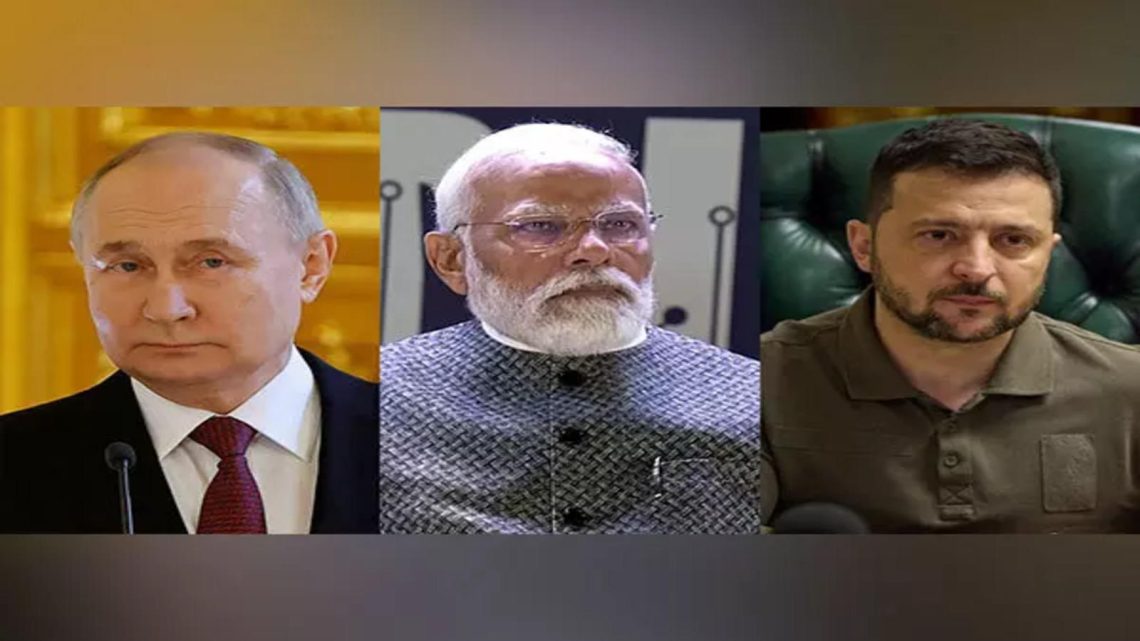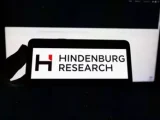
Modi’s Visit to Ukraine Exposes India’s Dual Face
August 20, 2024The dual face of India was unmasked during Modi’s summit with Vladimir Putin. Modi received Russia’s highest award, the Order of St Andrew the Apostle.
The timing of the award faced fierce criticism, coinciding with a Russian attack on a Kyiv children’s hospital. Ukrainian President Zelenskyy expressed disappointment.
In India, the visit was praised as a demonstration of “strategic autonomy.” The tangible outcomes were far-reaching, with nine agreements signed focusing mainly on trade and investment promotion.
A significant deal was the commitment to return 35 Indian citizens deceived into fighting for the Russian army in Ukraine. The anticipated signing of the Reciprocal Exchange of Logistics Agreement (RELOS) did not occur.
RELOS would have facilitated logistical support for military operations and was expected to last five years with automatic renewal. Despite strong defense ties with Russia, India signed a similar agreement with the US in 2016.
This move was perplexing for international observers. While apparently supporting Ukraine, India boasts a long-standing partnership in nuclear energy with Russia. They’ve built reactors at Kudankulam, Tamil Nadu, and are discussing six more advanced units.
This collaboration likely includes a long-term uranium supply pact for the existing plant. India continues to purchase significant amounts of oil from Russia despite US reservations and has acquired the S-400 missile system.
Reports suggest India has even assisted Ukraine. India’s longstanding ties with Russia have provided reliable weapons, diplomatic support, and civilian nuclear technology.
In conclusion, Modi’s policy, seen by some as opportunistic, is unlikely to be effective. His visit to Ukraine may appease Europe and the US, but it raises questions about his foreign policy strategy.

